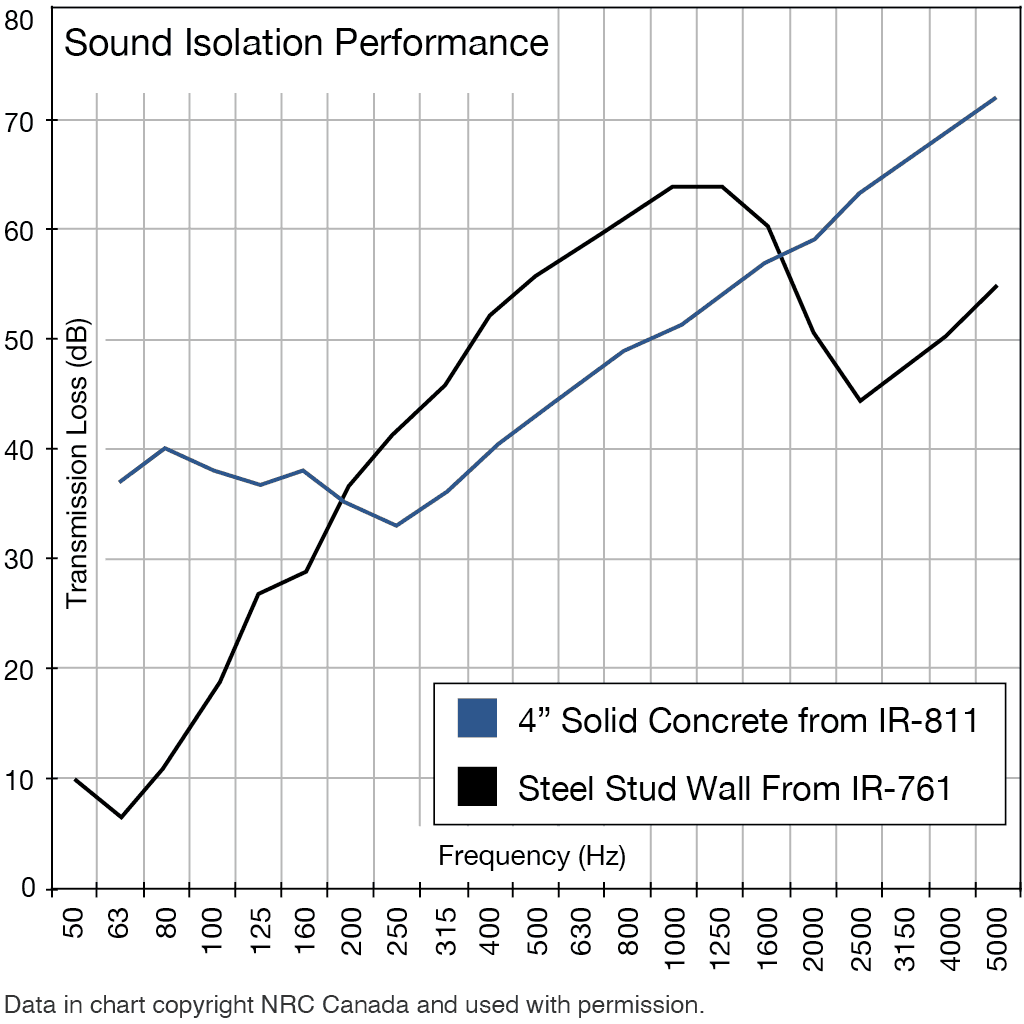I think everyone is overthinking this. The reality is, both partition and structural walls do very little to block bass. I really don't think dipole radiation will do much of anything for you and I doubt anyone has actually measured it.
The STC system for rating the sound transmission of different wall assemblies has a curve which it fits to the measured performance of a wall. So a wall with an STC rating of 56 will reduce sound above 500hz by 60db, but at 125hz (the lowest point on the curve) the wall assembly is only good for 40db. At 80hz you're looking at 30db of reduction if you're lucky, and at 40 and 20hz you might be looking at under 10db. 10db isn't nothing but when you consider that an STC of 20 permits 'soft conversation' to be heard between rooms, you realize it isn't ideal.
If you research this topic a lot you see some people trying to increase dampening at LF, which is expensive and fraught with problems, but transmission? There's essentially nothing a typical apartment dweller can do to reasonably reduce the level of loud bass coming through a wall. Any improvements to STC rating have to be done inside the wall, so it's not practical to 'add' anything to the wall such as mass loaded rubber or more gyp.
Generally high mass masonry walls do well for STC at bass frequencies, but as many have pointed out, these are generally not the assembly used for apartment parti walls, which depending on where you are, may just be a thicker partition wall, maybe with RC channel or more air space for plumbing. This depends on where you live, of course, and in England I know that interior masonry walls are more common. In high COL areas, a lot of innovation has been applied to making thinner walls with better STC ratings, since an apartment building with many parti walls can increase square footage by reducing 10 walls by even an inch. The cost of specialized rubber sheets and RC installation becomes justified. Incidentally, metal studs tend to do better than wood.
However, a good walls are only part of the problem. Bass will radiate out of your windows and into the windows of your neighbors. It will go through your door and through their door. It will go through any shared ducts. It will go through cutouts for electrical boxes. STC ratings in the real world are almost always significantly worse than specified because it is so difficult to model all the factors which contribute to sound ingress, but common points of failure are air gaps between walls and ceilings/floors, nearby windows, and subtleties in construction such as contractors not knowing how exactly to install resilient channel and floating baseboards. Resilient channel walls flex all over, and this goes against the instincts of any builder who wants to make things 'solid'.

Anyway, the moral of the story is that nothing works, which is why headphones are so popular - the ultimate nearfield solution. A subwoofer located near the listener might get you some dB of improvement but bass tones are many many times the size of any domestic space so as always, the room dominates.
If you want to listen to simulations of what different transmission classes sound like, I did a little piece on it that
you can read here. It has some simulated sound samples which show what different types of environmental noise sound like when filtered by a nominal wall assembly. In some respects, sound actually gets more annoying when a wall is introduced, because the treble is filtered out, leaving only the booming bass tones.

